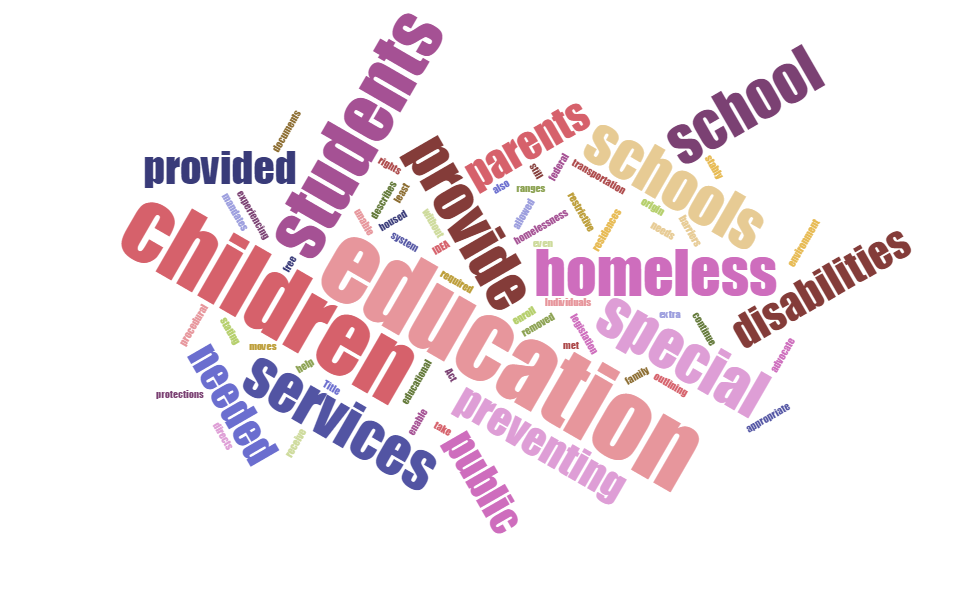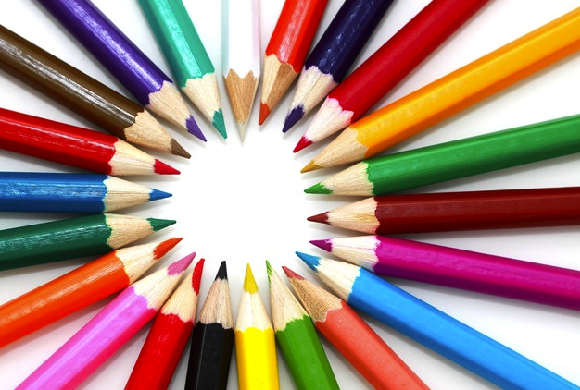Part Six in our series on homelessness and poverty in the public education system provides an overview of the policies that impact the day-to-day lives of children who are homeless and who also have disabilities. It includes some strategies that school professionals can use to serve their learners who are homeless with disabilities.
Monthly Archives: September 2014
A Web of Risk: Homelessness and the Special Education Category “Emotional Disturbance”
Students who receive services under the special education category Emotional Disturbance have particularly poor outcomes, both in educational attainment and other indicators of life success. The children who have been diagnosed under this category provide an example of how poverty, other demographic variables, and educational practices all interact to influence not only school success, but special education placement.
More Barriers to Learning: Homelessness and the Special Education System
Children who are homeless face numerous barriers to accessing the special education system, even as they’ve been found to need services at two to three times the rate of children who are housed. In this fourth part of our series on homelessness in the classroom, Perry Firth examines why children who are homeless and have disabilities sometimes don't receive the special education services for which they are eligible.
Homelessness and Academic Achievement: The Impact of Childhood Stress on School Performance
Students who are homeless face a variety of difficult challenges, not the least of which is finding a calm, quiet place to do homework. However, it isn’t always the physical obstacles presented by poverty and homelessness that can be the most destructive. In this continuation of our series about homelessness in the classroom, Perry Firth explains why the biggest obstacle to academic success can be the effects of toxic stress — the potentially lasting impact of the deprivation that can accompany poverty and homelessness.
Homelessness, Poverty and the Brain: Mapping the Effects of Toxic Stress on Children
Early inequality sets the stage for intergenerational poverty. Chronic intense stress during the sensitive developmental period of childhood can permanently alter how the brain responds to stress, holds memory and learns. In this second post in our "Homelessness in the Classroom" series, Perry Firth explores the effects of stress on children's development and health.



![Describing how she gets her homework done even though her family’s power was cut off, a young girl profiled on 60 Minutes’ “<a href="http://www.cbsnews.com/news/homeless-children-the-hard-times-generation-20-06-2011/4/">Homeless Children: The Hard Times Generation</a>” says, “[I] just light candles and sit around in a circle of candles.” Image from pixabay.com](http://store.firesteelwa.org/wpsystem/wp-content/uploads/2014/09/Firesteel-Classroom-Series-Part-Three_Candles_pixabay.png)
